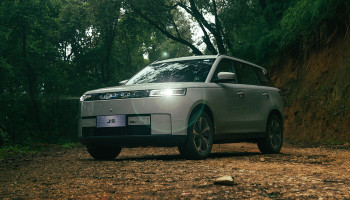"Riding a bike is like an art – a thing that you do because you feel something inside."- Valentino Rossi
To the common man or woman, this might read a tad bit cringe, but to anyone who has ever ridden a motorcycle with passion, it rings true. In many a case, this all starts with a tale as old as time: a young kid enamored by a motorcycle they come across in life triggers an unyielding obsession that progressively builds to astronomical proportions over time.
The Yamaha R15 is one such motorcycle that carries the distinction of having propagated this obsession in innumerable people from our part of the world. When the Yamaha R15 Version 1 first broke cover in 2008, it changed the motorcycling scene in the Indian Sub-Continent.
At the time, the Karizmas, Pulsar 200s, and CBZs were as close as you could get to the experience of a sports bike, barring of course the big, expensive Japanese imports. But you'd have to be God's favorite to be able to afford them. Regardless, the Karizmas, Pulsars, and CBZs were decent offerings amongst the slew of commuter motorcycles, but the R15 changed the game. Aesthetically the R15 was unlike anything in the market, it was a baby R1 in the flesh. The race-inspired chassis, sticky MRFs, full fairing, mono-shocks, clip-on handlebars, rear set foot pegs, and an engine that revved freely up to 9500 RPMs all truly meant that the R15 was a race-bred machine.
More importantly, the R15 played a crucial role in prompting the racing era in Nepal and India. The arrival of the R15 came when motorsport was on the cusp of growth, and the R15 urged many riders to commit to the sport.
In the span of the last 12 years, the world got 3 versions of the R15. The R15 V2 came in 2011 with an addition of a split seat. 2017 saw the introduction of the R15 V3 which received plenty of aesthetic changes along with a 155cc engine that could rev up to 10,000 RPM. It was also equipped with Variable Valves Actuation (VVA) technology that allowed the bike to produce torque even at low RPMs.
Now, we have the R15 V4, the newest torchbearer for the R15 moniker. Needless to say, it has a lot of bearing on its shoulders. Yamaha haven't failed yet with the R15, and it is easy to be optimistic about the newest model. But, what does it truly offer? We find out.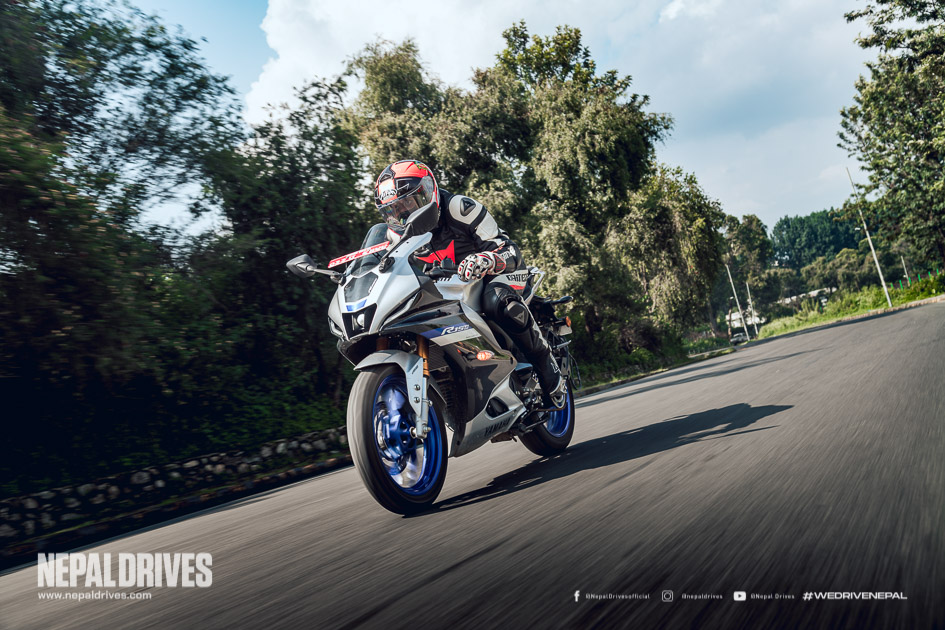
Styling and Design
We think the R15 V4 is the best-looking R15 yet, even more so with the R15 V4M trim. While the platform and engine remain the same, the design aesthetics are vastly different. You can tell that Version 4.0 is heavily inspired by the Yamaha R7, especially the front end. The racing blue color scheme and stickers make the resemblance more noticeable but the key highlight is, of course, the new fairing. With this, you get a new bi-function LED projector headlamp with new DRLs on either side, reminiscent of the ones found on the R7 and R6. The new fairing design is more than simply a visual improvement.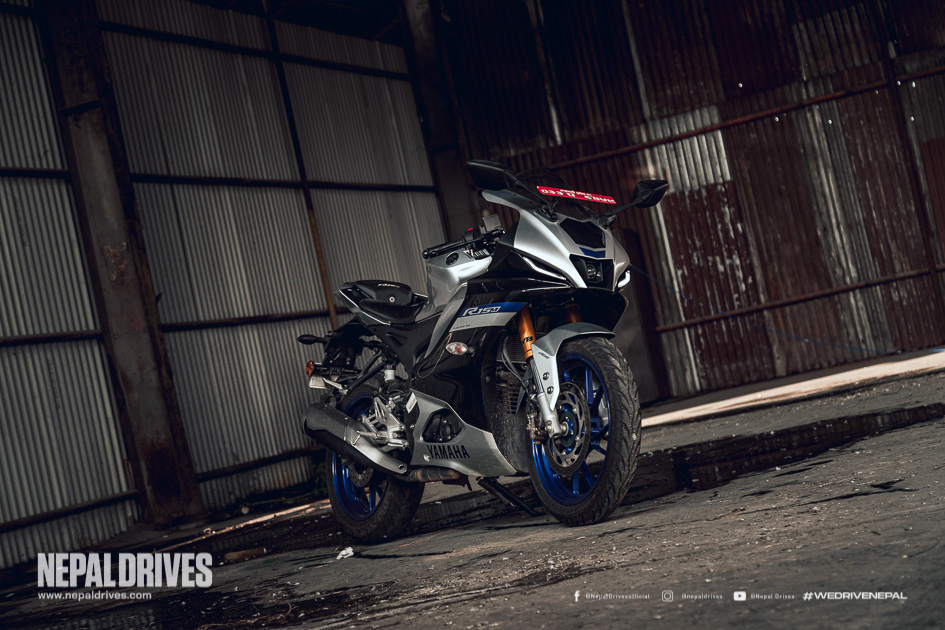
With a decreased drag coefficient, the bike is now more aerodynamic and provides superior wind protection. The profile too has received visible changes. The R15 V4 looks better proportioned without losing its aggressive posture. The fuel tank is noticeably chunkier and provides more acreage for your knees to grab onto, while the fairings flow neatly with the body of the R15.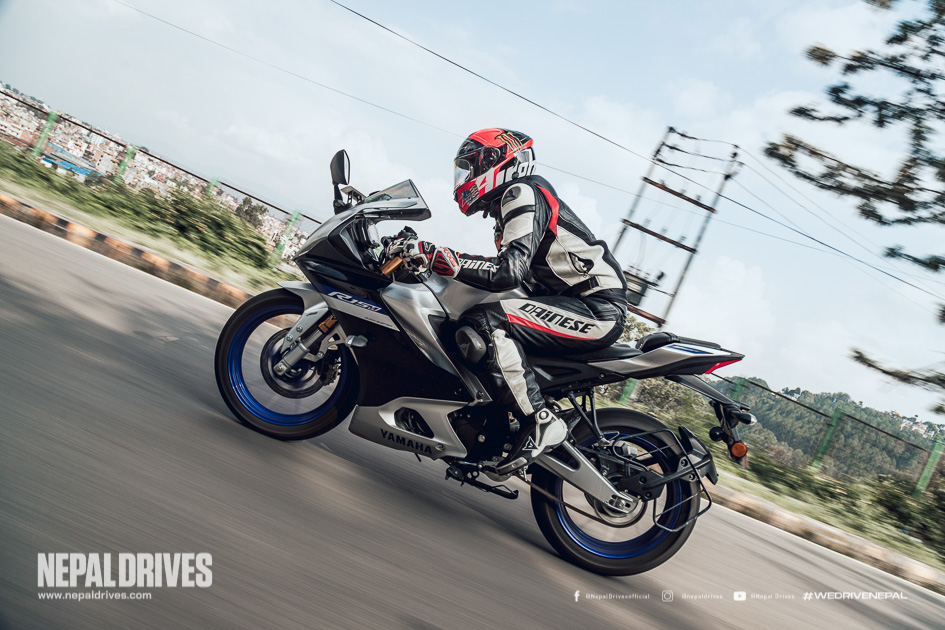
If it ain't broke, don't fix it; as far as the rear goes, the R15 V4's remains unchanged. The pillion seat is still very high and the tail design continues the aggressive language which is supplemented by the upswept exhaust and LED taillight unit.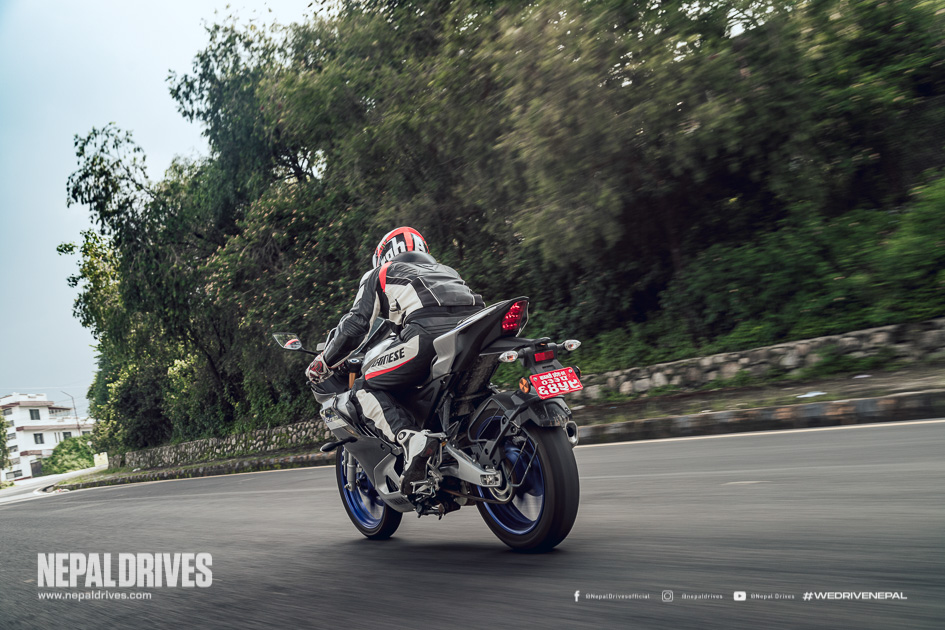
Appearances are subjective, but as far as our verdict goes, the R15 V4 is the best-looking R15 yet. The fact that the plastics used have improved, and the buttons and switches feel more tactile adds the cherry on top.
Features and Safety
On the cockpit, you get a brand new instrument cluster. This cluster is now Bluetooth Enabled and you can pair your smartphone with the Yamaha Y-Connect App and get information about your last parked location, bike health history, and fuel consumption data. You can also receive phone, SMS, and email notification. Furthermore, you also get a dedicated track mode which gets things like a lap timer and a tachometer that starts at 6000rpm just like the Yamaha R1.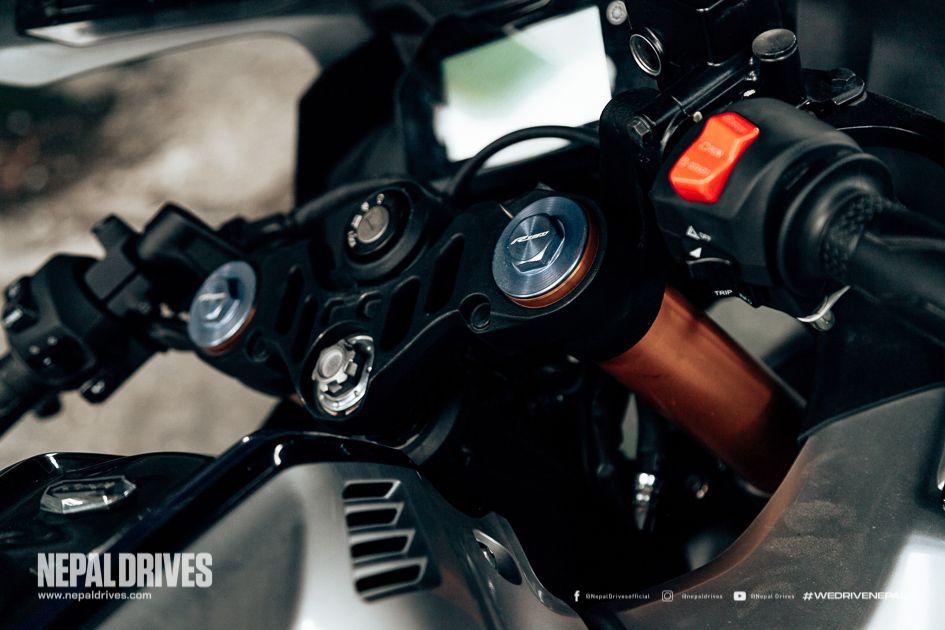
Additional features on the R15 V4 are the traction control, dual-channel ABS, and USD forks which were not present in the earlier models. Similarly, you get a quickshifter as standard with the Racing Blue colour scheme, the R15 V4M, and the Moto GP edition. It comes as an optional extra for the other colour schemes.
Riding and Performance
Ergonomically, the clip-on handlebars of the Yamaha R15 V4 have been moved up a bit and towards the rider, making for a slightly more relaxed riding stance. However, it isn't a vastly different change and the rider's triangle is still aggressive. It still allows you to tuck in when you're in the zone. The handlebars are also wider which will assist you when tipping the bike over into corners. However, you will take some time to get used to doing long rides on the R15 V4, and your back and wrists will take a beating; the upside is that the ride will be more exciting and you will most likely reach your destination quicker.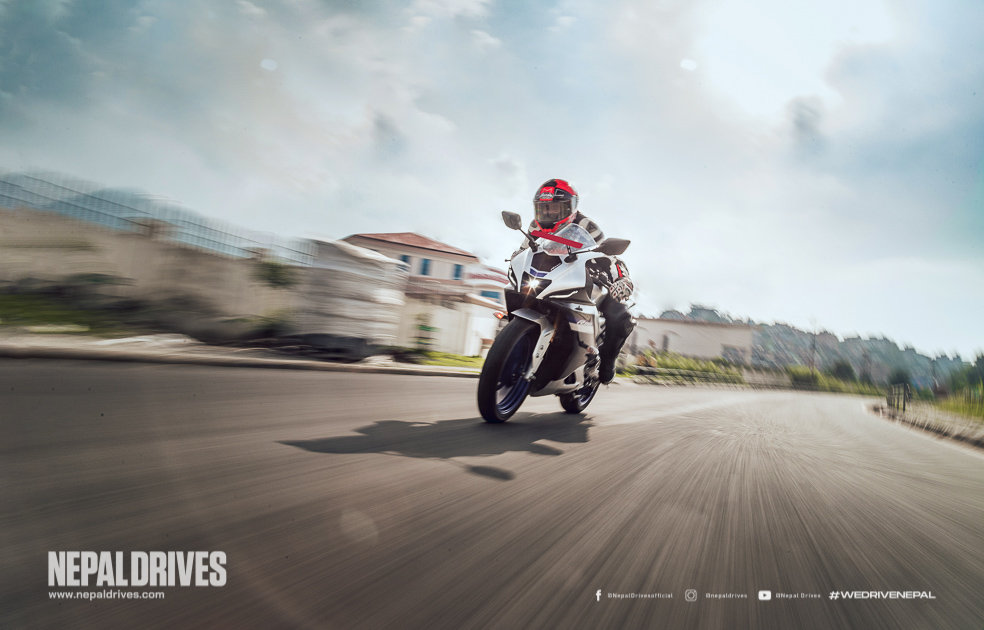
Making this possible is the unchanged engine of the R15. It has the same 155cc single-cylinder, liquid-cooled engine with VVA that makes 18.1BHP of maximum power and 14.1Nm of maximum torque which comes in 1000RPMs earlier than in the V3. Yes, the numbers aren't going to knock you off your feet, and to be honest, neither is the performance. However, you need to keep in mind that this is a 155cc engine and in that respect, it is an absolute monster.
It is a quick little sucker and it prances forward at a twist of the throttle and is eager to change direction at your whim. The VVA system does its job and provides linear power throughout the rev ranges, giving the bike a wider powerband. Got into a corner at a higher gear than you would have liked? Not too big of an issue thanks to the VVA and earlier release of peak torque.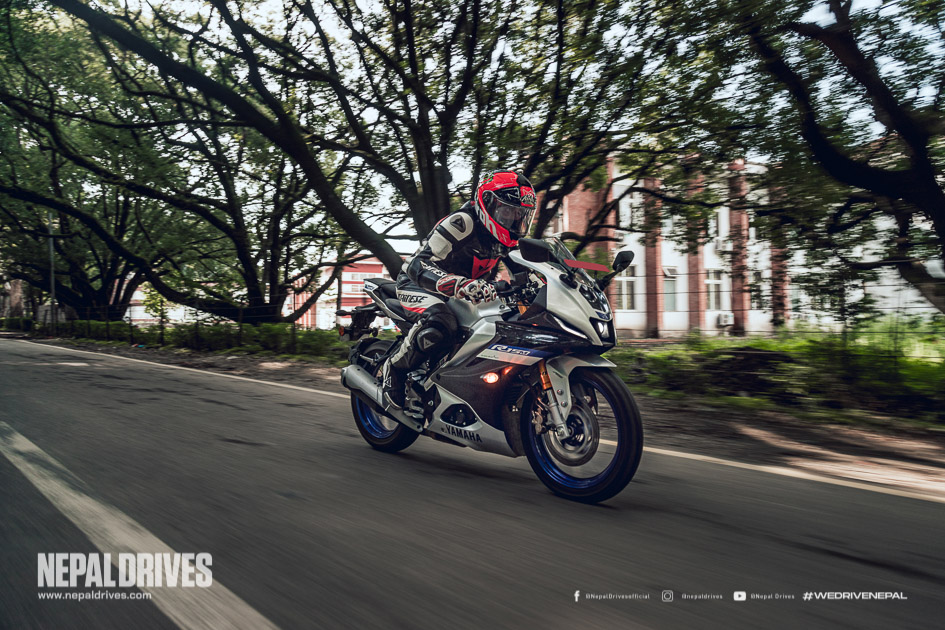
Speaking of corners, this is where the R15 has always reveled, and it is no different with the V4. It eats up corners like no other motorcycle in the segment and inspires the confidence you need to ride into corners at higher speeds. Thanks to the wider fuel tank you get more room for your knees. A quick addition of a tank grip would make life more fun.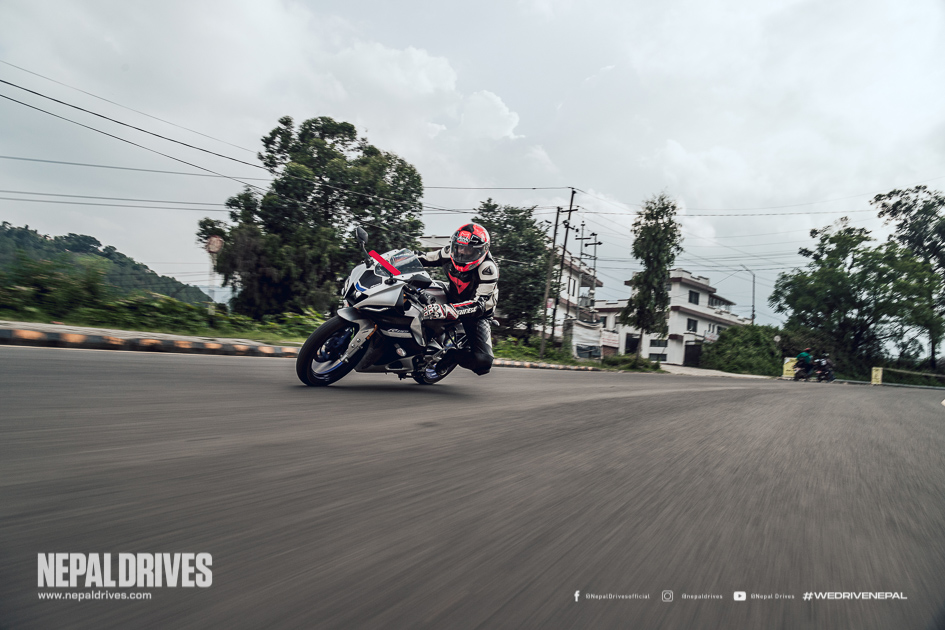
The six-speed gearbox works very well. You also get a quick-shifter which kicks in if you're riding above 2000RPMs and above 20kmph. At higher revs and speeds the quick-shifter is almost flawless, but we would stick to using the clutch in slow-moving traffic. The addition of traction control adds an added bit of safety should you decide to be a little reckless with your throttle on loose surfaces. You also get the option of completely switching off this function if you find it too intrusive.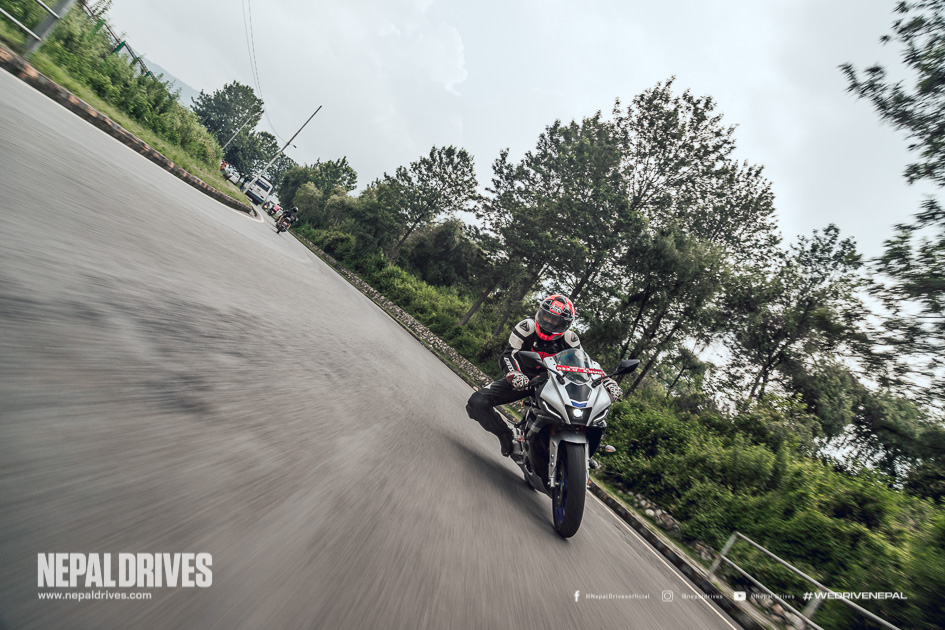
The USD forks are a great addition, and much-awaited. It is more rigid and paired with the Deltabox frame makes for an incredible ride. Despite being on the stiffer side of things, it manages to deal with potholes and road undulations decently well. The USD forks provide great stability which in turn inspires confidence in the rider. For an "entry-level" motorcycle, this is a valuable asset. This is further supplemented by the dual-channel ABS disc brakes which have a good level of initial bite.
Verdict
The R15 will always have a special place in the hearts of riders in this part of the world, but this puts a lot of pressure on every new incoming model. This is especially true because the very first R15 set the bar extremely high. It is arguably one of the biggest shakeups that the entry-level segment has received to date.
Nevertheless, Yamaha have been able to keep things exciting with each new update. For us, the Yamaha R15 V4 is the best-looking R15 to date. The inspiration from its larger siblings is very apparent and, more importantly, very well executed. It is a sight for sore eyes, and we would be more than happy to see it in our garage every day. Furthermore, the R15 V4 comes with significant new updates like USD forks, a dedicated track mode, and a quick-shifter.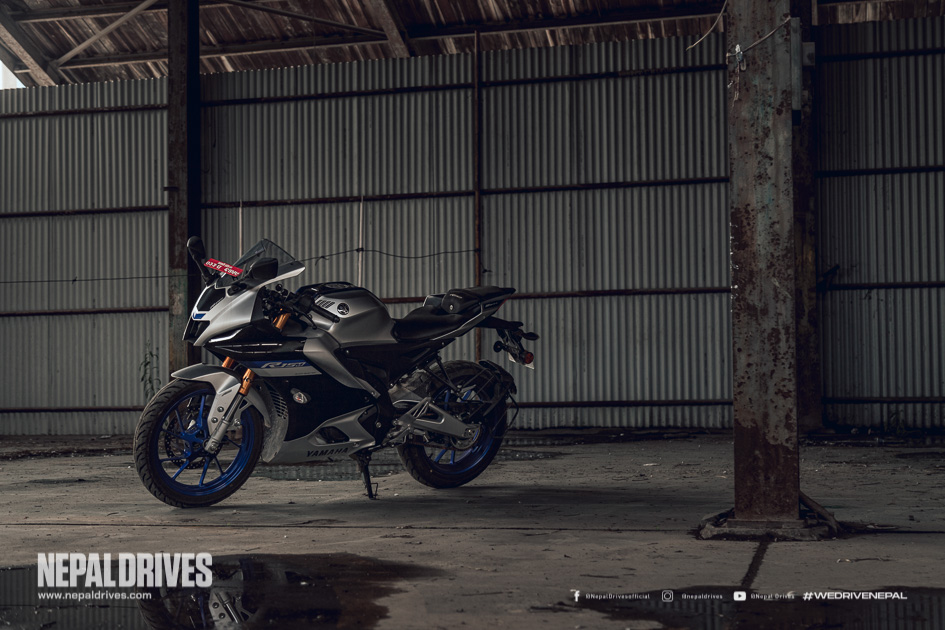
All of this is on what is essentially an entry-level motorcycle. Now, herein lies the caveat. This is an entry-level motorcycle, with a 155 cc engine that will cost you Rs. 5,87,900. For reference, the TVS RTR 200 4V, a respectable street bike, comes in at just under Rs. 4 Lakhs. The Gixxer 250 SF squeezes under the Rs. 5 Lakh mark.
Yes, it did revolutionize and pioneer the entry-level racing segment. It is untouchable and will hold the sceptre as the true king of the entry-level sports bike segment. But, owning the R15, regardless of its legacy and performance capabilities, will remain a luxury that is far removed from the options considered by the rational buyer.
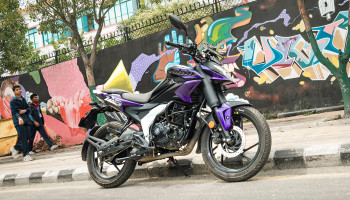
Bajaj Pulsar N125 Review: Can It Stand Out Among 125cc Rivals?
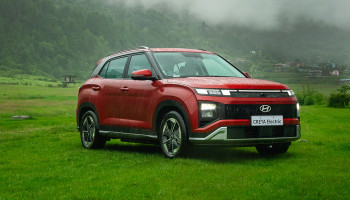
Jiri: Revisiting the Forgotten Town In the Hyundai Creta EV
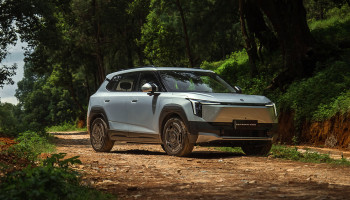
Nammi Vigo: A Budget-Friendly Contender with Big Ambitions
